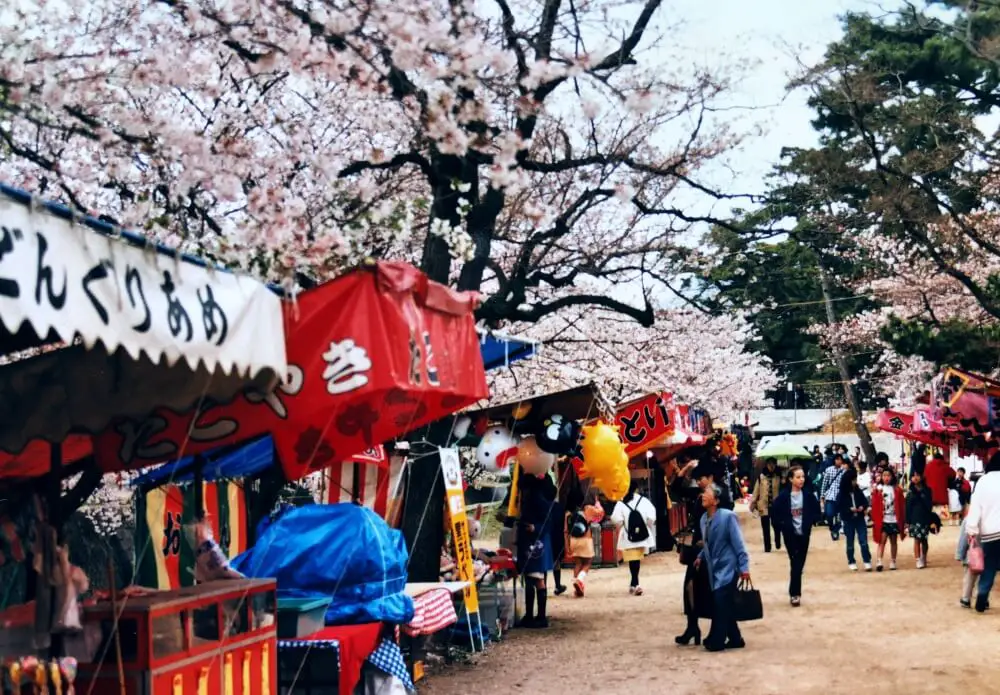Nestled in the heart of the Balkans, Bulgaria is a hidden gem in the world of wine. With a history of winemaking dating back over 3,000 years, this Eastern European country boasts a rich viticultural heritage, diverse terroirs, and unique grape varieties. Whether you’re a wine connoisseur or a casual enthusiast, this complete guide to Bulgarian wine will take you on a journey through its vineyards, regions, and flavors.
A Brief History of Bulgarian Wine
Bulgaria’s winemaking tradition is one of the oldest in the world, with evidence of viticulture dating back to the Thracians, who worshipped Dionysus, the god of wine. Over the centuries, Bulgarian wine has evolved, influenced by Roman, Byzantine, and Ottoman rule.
In the 20th century, Bulgaria became one of the largest wine exporters in the world, known for its affordable and high-quality wines. Today, the country is experiencing a wine renaissance, with a focus on premium wines, organic practices, and indigenous grape varieties.
Bulgarian Wine Regions
Bulgaria’s diverse geography and climate create ideal conditions for winemaking. The country is divided into five main wine regions, each with its own unique characteristics.
1. Northern Region (Danubian Plain)
- Climate: Continental, with hot summers and cold winters.
- Soil: Fertile loam and alluvial soils.
- Key Grapes: Gamza (Kadarka), Cabernet Sauvignon, Merlot, Pamid.
- Notable Wines: Light and fruity reds, crisp whites.
2. Eastern Region (Black Sea Coast)
- Climate: Maritime, with mild winters and warm summers.
- Soil: Sandy and limestone-rich soils.
- Key Grapes: Dimyat, Muscat Ottonel, Traminer, Sauvignon Blanc.
- Notable Wines: Aromatic whites and sparkling wines.
3. Southern Region (Thracian Valley)
- Climate: Mediterranean, with hot, dry summers.
- Soil: Clay and sandy loam.
- Key Grapes: Mavrud, Rubin, Cabernet Sauvignon, Merlot.
- Notable Wines: Full-bodied reds and rich, complex blends.
4. Southwestern Region (Struma Valley)
- Climate: Sub-Mediterranean, with mild winters and long, warm summers.
- Soil: Sandy and gravelly soils.
- Key Grapes: Melnik, Broad-Leaved Melnik, Cabernet Sauvignon.
- Notable Wines: Spicy, tannic reds with aging potential.
5. Sub-Balkan Region (Rose Valley)
- Climate: Moderate, with cool breezes from the Balkan Mountains.
- Soil: Clay and limestone.
- Key Grapes: Misket, Riesling, Chardonnay, Pinot Noir.
- Notable Wines: Fragrant whites and light rosés.
Indigenous Bulgarian Grape Varieties
Bulgaria is home to several unique grape varieties that are rarely found outside the country. These indigenous grapes are the heart and soul of Bulgarian wine.
1. Mavrud
- Profile: A robust red grape with high tannins and acidity.
- Flavors: Blackberry, plum, and spice.
- Pairing: Grilled meats, stews, and aged cheeses.
2. Melnik
- Profile: A rare red grape known for its bold, spicy character.
- Flavors: Cherry, tobacco, and herbs.
- Pairing: Roasted lamb, sausages, and hearty dishes.
3. Rubin
- Profile: A cross between Nebbiolo and Syrah, producing rich, complex wines.
- Flavors: Blackcurrant, violet, and pepper.
- Pairing: Game meats, pasta, and aged cheeses.
4. Dimyat
- Profile: A white grape used for both dry and sweet wines.
- Flavors: Apple, pear, and honey.
- Pairing: Seafood, salads, and light desserts.
5. Misket
- Profile: Aromatic white grape with floral and fruity notes.
- Flavors: Peach, apricot, and elderflower.
- Pairing: Spicy dishes, sushi, and fresh cheeses.
Modern Bulgarian Winemaking
In recent years, Bulgarian winemakers have embraced modern techniques while staying true to their traditions.
- Organic and Biodynamic Practices: Many wineries are adopting sustainable methods to produce high-quality, eco-friendly wines.
- Small-Batch Production: Boutique wineries are focusing on limited-edition wines with unique profiles.
- International Recognition: Bulgarian wines are winning awards at global competitions, putting the country on the wine world map.
Top Bulgarian Wineries to Visit
Exploring Bulgaria’s wine regions is a must for any wine lover. Here are some of the top wineries to visit:
1. Villa Melnik (Struma Valley)
- Known for its exceptional Melnik wines and stunning architecture.
- Offers guided tours and tastings.
2. Bessa Valley (Thracian Valley)
- Produces premium red wines, including the acclaimed Enira.
- Features a state-of-the-art winery and beautiful vineyard views.
3. Chateau Copsa (Sub-Balkan Region)
- Specializes in organic wines and traditional Bulgarian varieties.
- Offers a cozy, family-friendly atmosphere.
4. Edoardo Miroglio (Thracian Valley)
- A pioneer in Bulgarian winemaking, known for its elegant blends.
- Features a luxury hotel and restaurant on-site.
5. Todoroff (Thracian Valley)
- One of Bulgaria’s oldest wineries, with a focus on Mavrud.
- Offers wine therapy spa treatments.

How to Enjoy Bulgarian Wine
1. Wine Tasting Tours
Join a guided wine tour to explore Bulgaria’s vineyards, meet winemakers, and sample a variety of wines.
2. Food Pairings
Bulgarian wines pair beautifully with local dishes like banitsa (cheese pastry), kavarma (meat stew), and shopska salad.
3. Wine Festivals
Attend events like the Plovdiv Wine Festival or Melnik Wine Festival to celebrate Bulgarian wine culture.
4. Bring Home a Bottle
Purchase your favorite wines directly from wineries or local shops to enjoy a taste of Bulgaria at home.
Final Thoughts
Bulgarian wine is a treasure waiting to be discovered. With its rich history, diverse regions, and unique grape varieties, Bulgaria offers a wine experience like no other. Whether you’re sipping a bold Mavrud in the Thracian Valley or enjoying a crisp Dimyat by the Black Sea, each glass tells a story of tradition, passion, and innovation.
So, raise a glass and toast to the vibrant world of Bulgarian wine. Nazdrave!
-
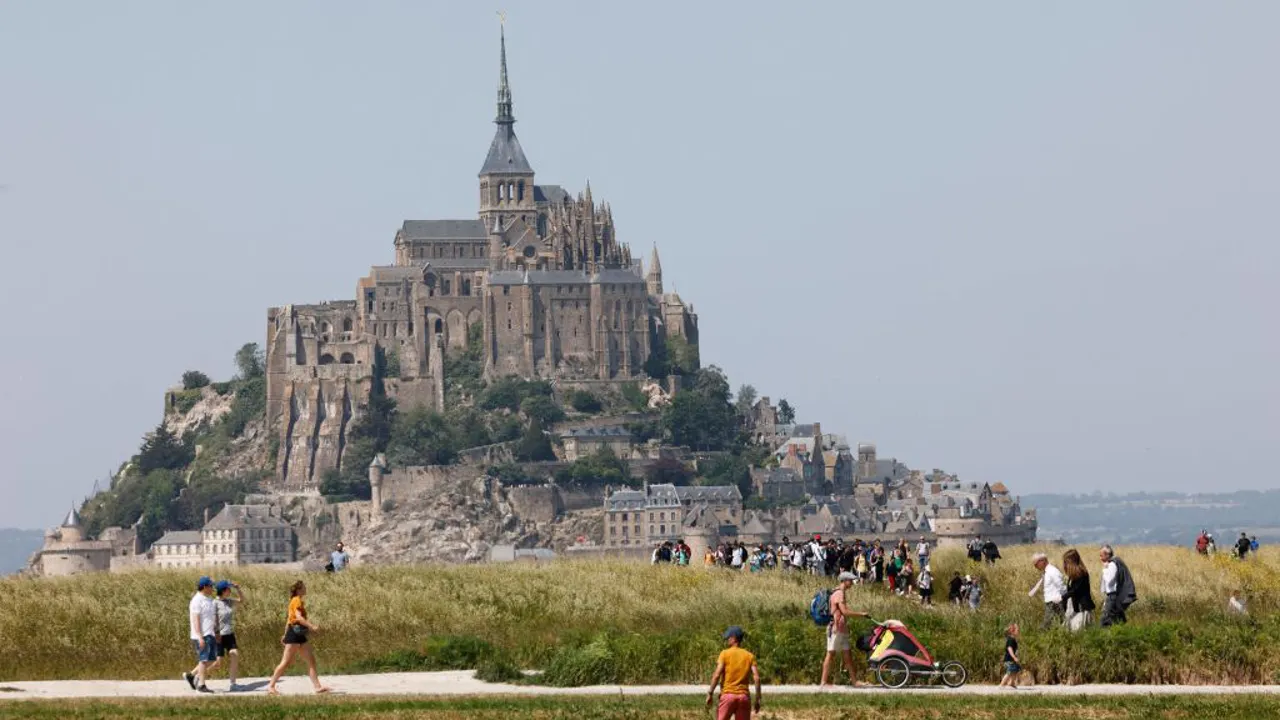
Day Trip to Mont Saint Michel France from Paris
-
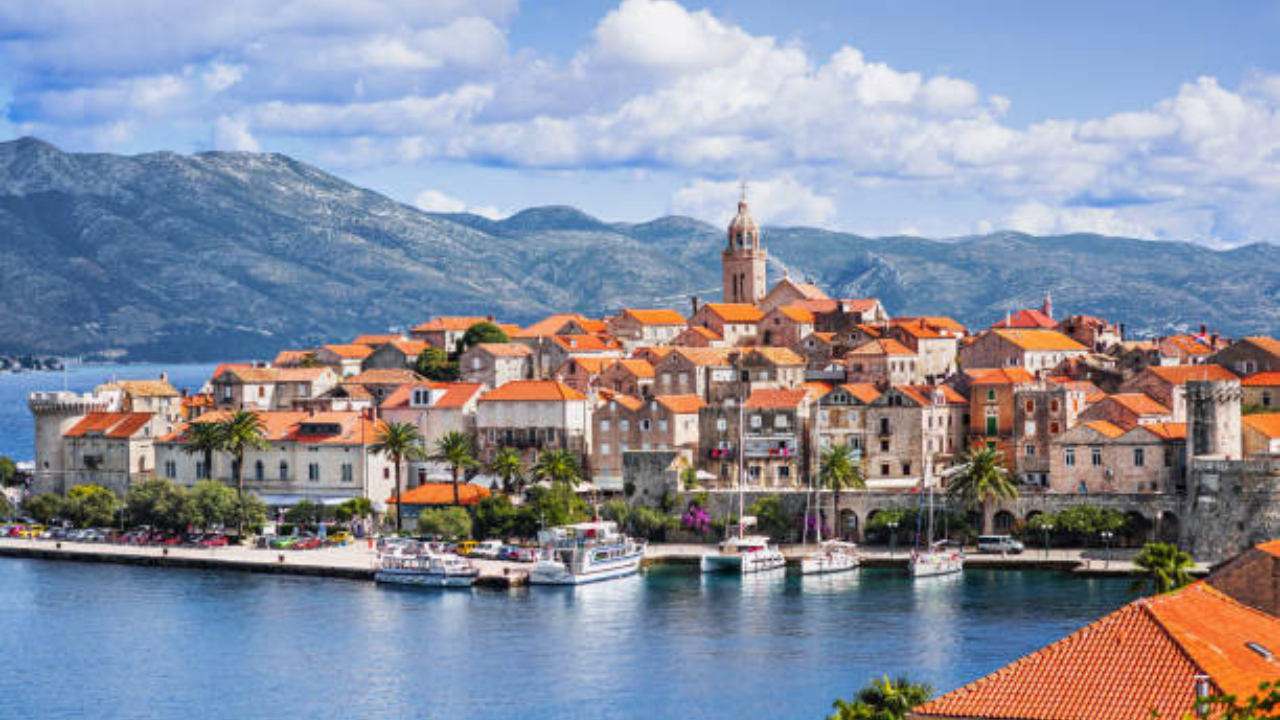
Korčula, Croatia: A Mediterranean Marvel Through Shutterstock’s Lens
-
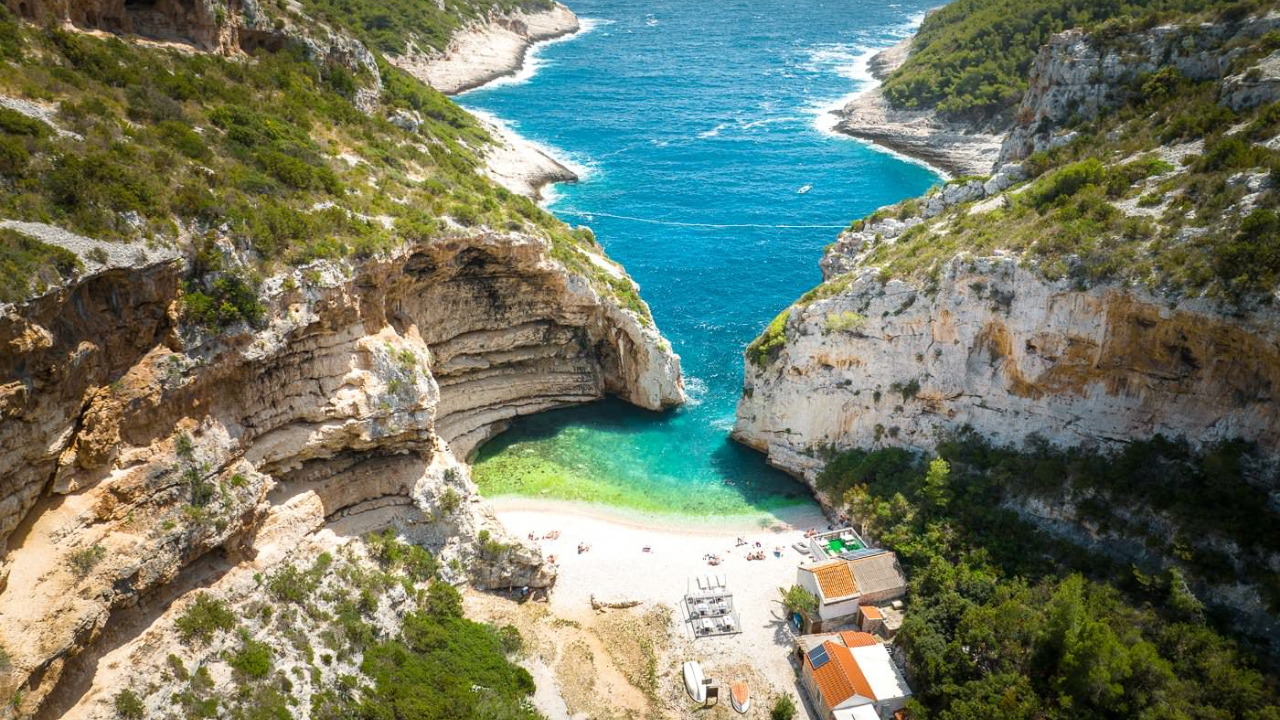
Vis, Croatia: A Hidden Gem Captured by Shutterstock
-
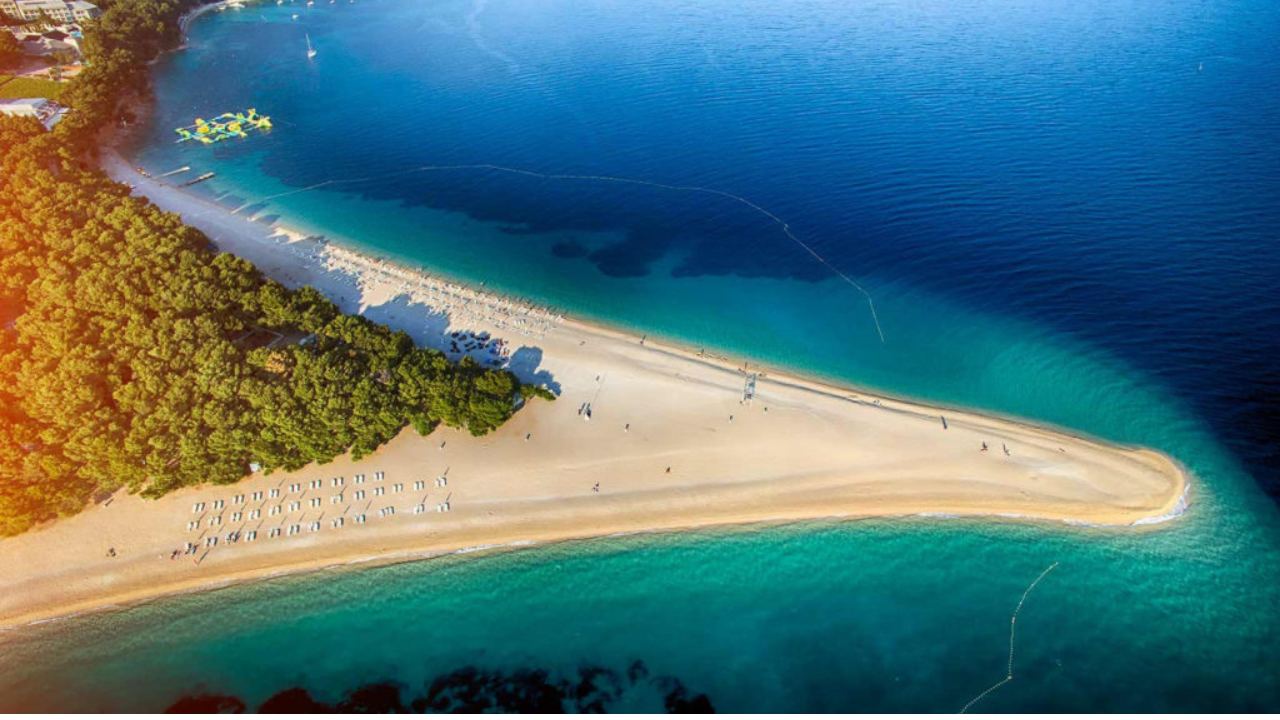
Zlatni Rat, Brač, Croatia: A Golden Gem of the Adriatic




